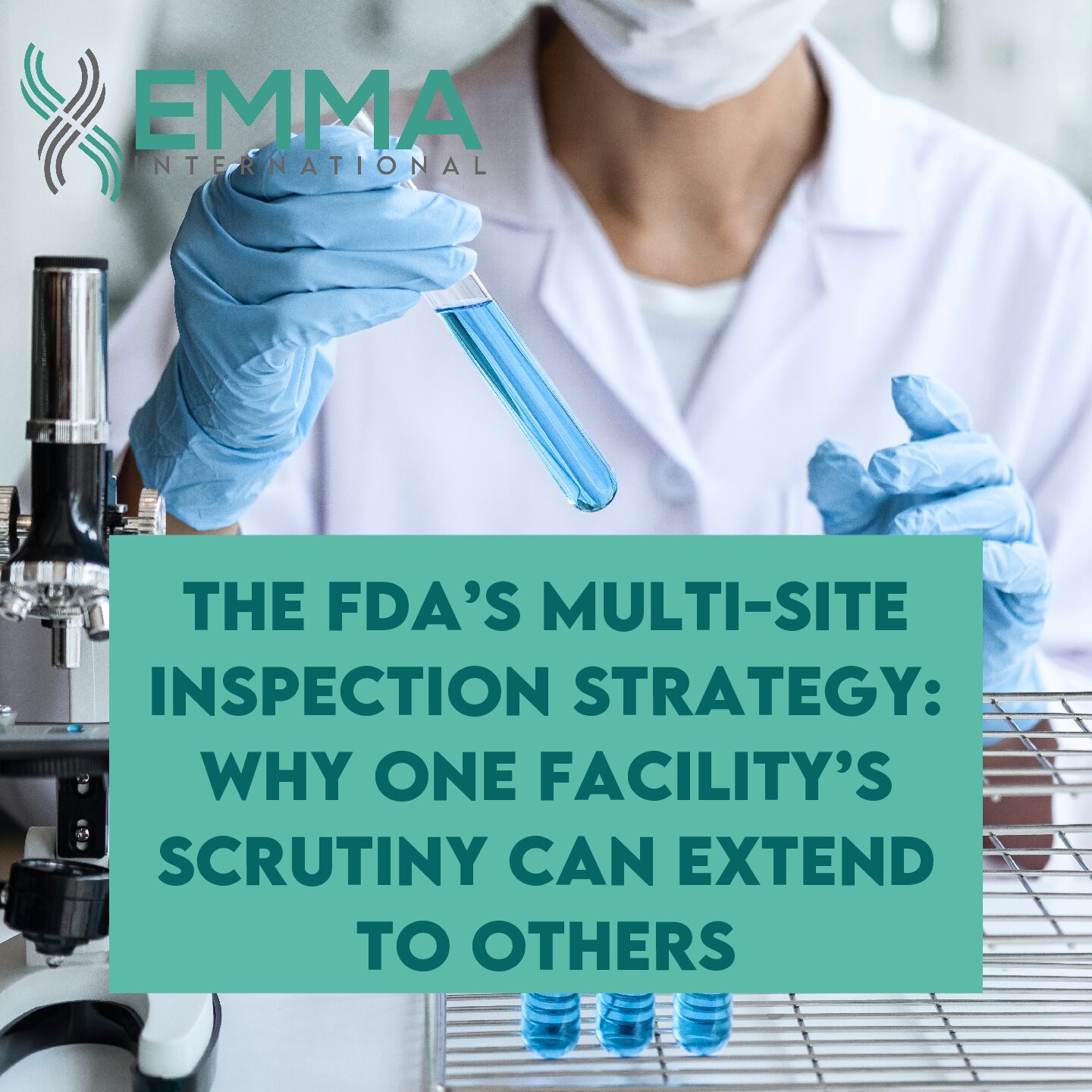In Back to Basics: Complaint Handling – Part I the basic requirements for complaint handling were discussed and we left off at the topic of MDRs. From a high level, a MDR is a post-market surveillance activity required by the FDA to monitor device performance, detect potential device-related safety issues, and is utilized as evidence in device benefit-risk assessments [1]. MDRs are relevant to the topic of complaint handling because it is possible for a complaint to be a MDR reportable event. While investigating a complaint, the complaint handling unit has to determine whether or not the event triggers a MDR. If the event triggers a MDR, the complaint must be maintained in a separate portion of the complaint file system [2]. MDRs may be discovered by manufacturers or device importers as the result of a complaint investigation, or the event may occur at a user facility. Thus, manufacturers, importers, and user facilities are required to submit MDRs if a reportable event occurs [2]. It is important to note that a MDR does not constitute an admission that the device or the manufacturer’s employee caused or contributed to the reportable event [3].
A MDR reportable event is defined differently for user facilities and device manufacturers and importers. User facilities must report a MDR when they become aware that a device has, or may have, caused or contributed to a death or serious injury [3]. Manufacturers and importers must report a MDR when they become aware of an event that reasonably suggests that one of their marketed devices may have caused or contributed to a death or serious injury, or has malfunctioned and that the device or a similar device marketed by the manufacturer/importer would be likely to cause or contribute to a death or serious injury if the malfunction were to recur [3].
In the event of a death, a user facility must report it to the FDA and the manufacturer within 10 working days after the day of becoming aware of the event. If a serious injury occurs at a user facility, it must be reported to the manufacturer within 10 working days. However, if the manufacturer is unknown, the serious injury is to be reported to the FDA within 10 working days [3]. Importers must report deaths or serious injuries to the FDA and the manufacturer within 30 calendar days after becoming aware that their device may have caused or contributed to a death or serious injury. If an importer becomes aware that its device malfunctioned, it must report it to the manufacturer within 30 calendar days of becoming aware. When a manufacturer becomes aware that its device may have caused or contributed to a death or serious injury, or malfunctioned, it must report the event to the FDA no later than 30 calendar days after becoming aware [3]. Manufacturers may become aware of these events from user facilities, importers, or voluntary sources.
There are two other reports manufacturers are required to submit for MDRs: 5-day reports and supplemental reports. Manufacturers are required to submit a 5-day report if an event warrants remedial action to prevent unreasonable risk of substantial harm to the public health. 5-day reports must be submitted within 5 work days of becoming aware of the event [3]. If the FDA determines an event poses unreasonable risk of substantial harm to the public health, it may make a written request for a manufacturer to submit a 5-day report for the event. The manufacturer must submit a 5-day report for all subsequent events of the same nature that involve substantially similar devices for the time period specified in the written request [3]. Supplemental reports are submitted when the manufacturer obtains information required in a MDR that was unavailable when the initial report was submitted. The supplemental report must be submitted to the FDA within 1 month of the day the information was received.
Initial MDR reports created by user facilities, importers, and manufacturers are submitted to the FDA using a 3500A form. Manufacturers also use a 3500A form to submit 5-day reports and supplemental reports. The information that is to be documented in a MDR report can be found in 21 CFR 803.52 and 21 CFR 803.50(b).
21 CFR 803.18 requires MDR event files established by a manufacturer to be maintained and accessible to the FDA to copy and verify the MDR records [2]. Furthermore, each MDR event file must be retained for 2 years from the date of the adverse event or a period of time equivalent to the expected life of the device. If the device is no longer distributed, manufacturers are still required to maintain the MDR event files for the appropriate time period [2].
Voluntary sources, such as device consumers, can report deaths, serious injuries, and product problems and malfunctions directly to the FDA or the device manufacturer. Voluntary sources use form 3500B to report MDRs because it is more consumer friendly than form 3500A [2]. However, to further ease voluntary reporting, voluntary reports may also be submitted via the mobile application MedWatcher. MedWatcher is not available to user facilities, importers, or manufacturers for MDR reporting.
The MDR system allows the FDA to analyze events and trend reports to take the necessary regulatory actions. These actions may include requesting additional information, conducting an investigation of an event, inspecting the manufacturer, importer, or user facility, contacting the manufacturer about a recall, or issuing a public health advisory or safety alert [2]. The information collected by the FDA from MDR reports is available to the public through Manufacturer and User Facility Device Experience Reports (MAUDE) of adverse events involving medical devices. This database is updated monthly and allows the public to view voluntary, user facility, distributor, and manufacturer MDR reports [2].
Complaint handling is a critical component of any manufacturer’s quality system for risk management, continuous improvement, and protecting public safety. It is important for manufactures to invest the time and money into developing the complaint handling unit and procedures in the early stages of creating its quality system. While the regulations for complaint handling and MDR reporting as a whole can be confusing and overwhelming, breaking down the regulations into the basic requirements can help manufacturers understand how to maintain compliance, and avoid receiving 483s, and warning letters, for 21 CFR 820.198 violations.
References
- Medical Device Reporting (MDR). FDA. 2015. Available from: http://www.fda.gov/MedicalDevices/Safety/ReportaProblem/default.htm.
- Xiao, A. Complaint Handling and Medical Device Reporting (MDRs). FDA. 2013. Available from: http://www.fda.gov/downloads/Drugs/DevelopmentApprovalProcess/SmallBusinessAssistance/UCM377652.pdf.
- 21 CFR 803, FDA, Editor. 2005.





